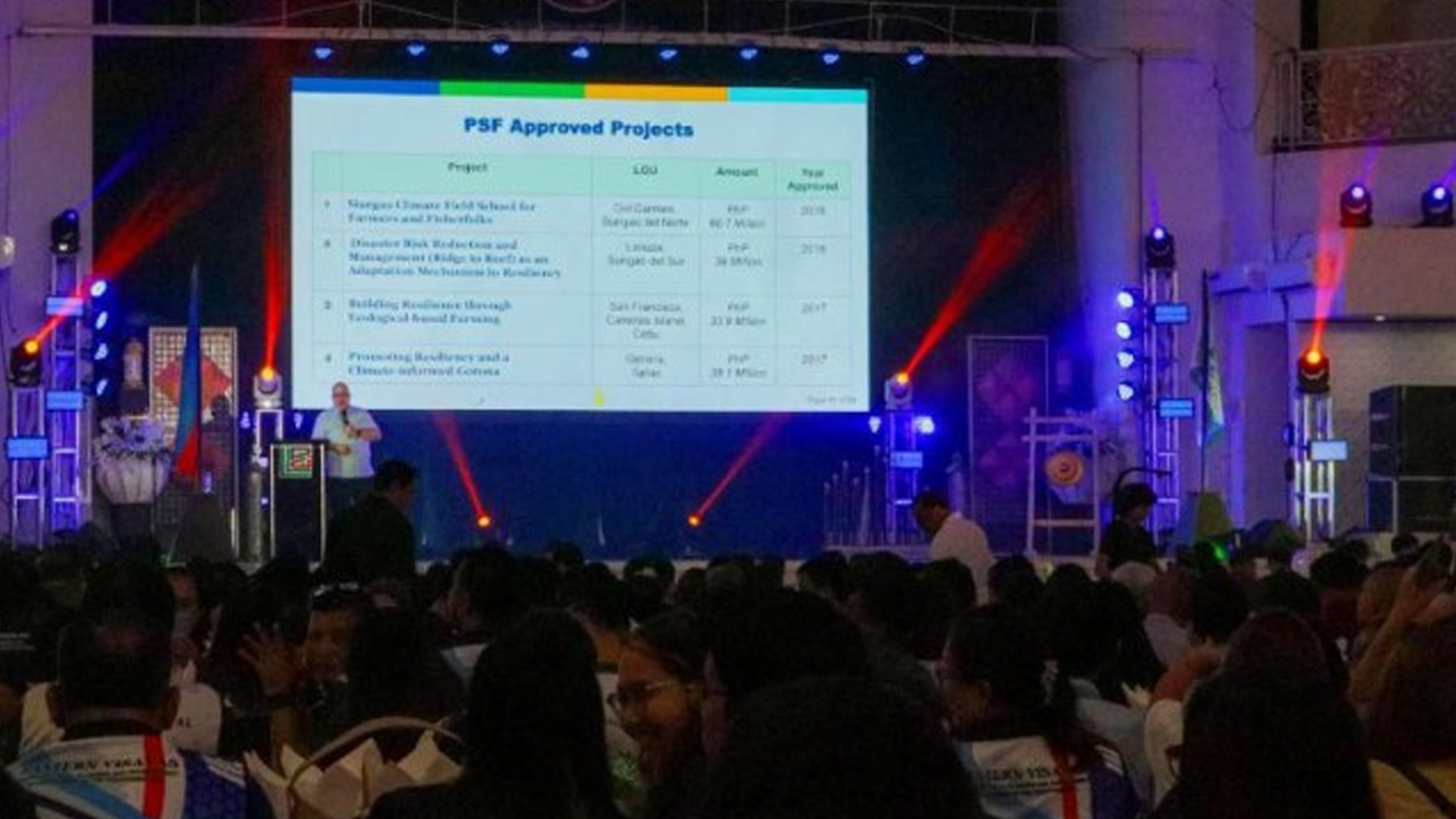The Climate Change Commission (CCC) has urged local planning officers to fully utilize the National Adaptation Plan (NAP) and the People’s Survival Fund (PSF) to strengthen climate resilience.
During the 35th Annual National Convention of the League of Local Planning and Development Coordinators of the Philippines held Feb. 25 to 28 here, CCC Deputy Executive Director, Assistant Secretary Romell Antonio Cuenca, said the NAP and PSF are key tools to enhance local climate resilience.
The NAP aims, he said, to steadily reduce climate-related loss and damage and build the country’s adaptive capacity towards transformative resilience and sustainable economic development by 2050.
On the other hand, the PSF is a dedicated finance mechanism that supports various community-based adaptation projects to strengthen the resilience of localities and ecosystems.
“The NAP provides a long-term strategy for climate adaptation, while the PSF provides financial support for local projects. As one of the most climate-at-risk countries, the Philippines must maximize these frameworks to enhance preparedness and adaptive capacity,” Cuenca told the around 800 local planning and development coordinators and other LGU representatives.
With the theme “Beyond Building Back Better: Utilizing Lessons of Resilience in Development Planning,” the event focused on disaster preparedness, particularly drawing insights from Tacloban’s experience recovering from Super Typhoon Yolanda (Haiyan) in 2013.
He emphasized the vital role of local planning and development coordinators in ensuring these programs are effectively implemented.
“The success of NAP implementation and PSF access depends on the collective efforts of local governments. Proper compliance with PSF requirements is necessary to ensure the effective utilization of funds for climate adaptation initiatives,” Cuenca said.
For his part, CCC Vice Chairperson and Executive Director, Secretary Robert E.A. Borje, underscored the importance of these programs for local planners.
“With proper integration, utilizing the PSF and NAP in local plans will strengthen resilience and support sustainable recovery,” Borje said, noting that the NAP was developed under the leadership of President Ferdinand R. Marcos Jr.
In the 5th Philippine Environment Summit (PES) held on Feb. 15 to 20 in Iloilo City, Borje also highlighted the importance of NAP as a key strategy for building the country’s climate resilience.
“The Philippines faces intensifying climate threats—rising temperatures, increasing sea levels, shifting rainfall patterns, and stronger tropical cyclones,” Boje said.
“This underscores the importance of NAP as it outlines actions to reduce risks, enhance adaptive capacities, and integrate climate adaptation into national and local development planning,” he added.
Iloilo City is one of the 18 provinces identified in the NAP as highly exposed to climate change impacts, particularly strong winds, rising sea levels, and extreme sea levels. (PNA)







